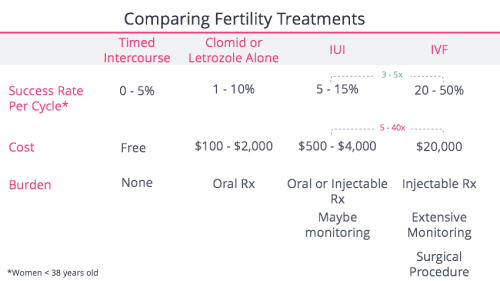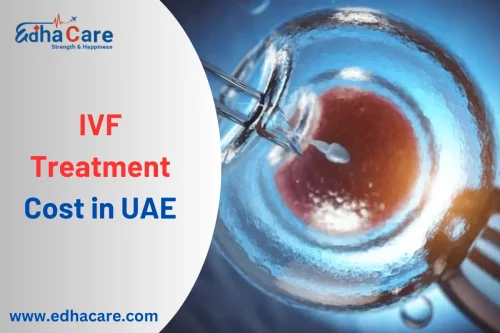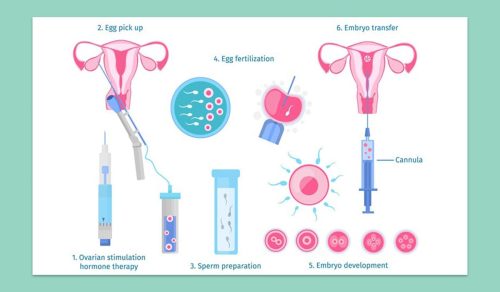
Fallopian Tube Blockage or Damage and Infertility: A Fertility Specialist’s Perspective
As a fertility specialist, I’ve seen countless couples face the challenge of infertility, and one of the most common causes is fallopian tube blockage or damage. It’s a topic that doesn’t always get as much attention as other fertility issues, but it’s a serious one. For many women, it’s the fallopian tubes that play a crucial role in conception. When these tubes are blocked or damaged, it can make getting pregnant naturally nearly impossible.
If you’re reading this and wondering if fallopian tube problems might be affecting your ability to conceive, I want to share some of my experiences and insights to help you understand how this issue works, how it impacts fertility, and what you can do about it.
What Happens When the Fallopian Tubes Are Blocked or Damaged?
First, let’s take a step back and understand what the fallopian tubes actually do. These two tubes are essential for natural conception. They act as the passageways for eggs to travel from the ovaries to the uterus, where they can be fertilized by sperm. When one or both tubes are blocked, sperm cannot reach the egg, and the fertilized egg cannot make its way to the uterus for implantation. This is where the problem lies.
Tubal blockages or damage can occur for several reasons, including:
- Pelvic Inflammatory Disease (PID): Often caused by sexually transmitted infections (STIs), PID can lead to scar tissue in the fallopian tubes, causing blockages.
- Endometriosis: This condition can cause scar tissue to form in the pelvic cavity, potentially blocking the fallopian tubes or damaging their structure.
- Previous Surgery: Any previous surgeries in the pelvic area, including appendectomies or C-sections, can result in scar tissue that may block the tubes.
- Congenital Issues: Some women are born with blocked or absent fallopian tubes, though this is less common.
In my experience, even a partial blockage can cause significant fertility challenges. The tubes can become blocked at the point where the egg enters, where the sperm meets the egg, or further along the tube. Even when both tubes are affected, women may still have the possibility of conceiving with the right treatments.
A Case That Stands Out
One patient, Sarah, really sticks in my mind. She was in her early 30s, and after a year of trying unsuccessfully to get pregnant, she came to see me. Sarah had no major health issues other than painful periods, which she’d been managing with over-the-counter medication for years. After a thorough evaluation, including an HSG (hysterosalpingogram) test, we found that both of her fallopian tubes were completely blocked—something we never suspected at first.
Sarah was understandably upset, especially since her periods were normal, and she had no obvious signs of infertility. But after discussing her options, we decided to move forward with IVF (in vitro fertilization). We didn’t need to worry about the tubes for IVF because the eggs were retrieved directly from the ovaries and fertilized in the lab.
A few months later, Sarah was pregnant with twins. It was a powerful reminder that even when the fallopian tubes are compromised, there are still ways to achieve pregnancy with the help of assisted reproductive technologies like IVF.
This case is not unique. In fact, tubal infertility is one of the most common reasons women come to my clinic for IVF. And while it’s a challenge, it’s also one of the most treatable with modern technology.
Diagnosing Fallopian Tube Problems
If you’ve been trying to get pregnant and suspect tubal issues, the first step is diagnosis. There are a few different tests that can help evaluate the condition of your fallopian tubes:
- Hysterosalpingogram (HSG): This is an X-ray procedure where a contrast dye is injected into the uterus, allowing the doctor to see if the fallopian tubes are open or blocked. It’s a common test used to diagnose tubal issues.
- Sonohysterogram (SHG): This ultrasound procedure is similar to an HSG, but it uses saline instead of dye to evaluate the uterus and tubes.
- Laparoscopy: If there’s a suspicion of significant damage or scarring, a laparoscopy can be used to look directly inside the pelvis, check the tubes for blockages, and even remove scar tissue if necessary. This procedure is more invasive but can provide a clearer picture of the problem.
Dr. Mark Thompson, a colleague of mine in reproductive surgery, says, “Tubal damage isn’t always obvious, and sometimes it’s only when a couple is struggling with infertility that we realize how much the tubes are impacted. Getting the right diagnosis early is key.”
Treatment Options for Blocked or Damaged Fallopian Tubes
Once we’ve identified the issue, there are a few treatment options depending on the severity of the blockage or damage:
- Surgical Treatment: In some cases, surgery can be done to open blocked fallopian tubes or remove scar tissue. A procedure called tubal cannulation is sometimes used to unblock the tubes by inserting a catheter into the tube to remove the blockage. However, this is most effective for women with mild blockages.
- In Vitro Fertilization (IVF): IVF is often the best option when the tubes are severely blocked or damaged. Since IVF bypasses the fallopian tubes entirely, it can be highly successful in women with tubal infertility. Eggs are retrieved directly from the ovaries, fertilized in the lab, and then implanted directly into the uterus.
Dr. Andrea Roberts, an IVF expert, explains, “IVF can be a game-changer for women with fallopian tube issues. It’s one of the most effective treatments for those who cannot conceive naturally due to tubal problems.”
- Tubal Ligation Reversal: For women who had previously undergone tubal ligation (getting their tubes tied) and now wish to get pregnant, a tubal ligation reversal can sometimes be an option. This surgery reconnects the fallopian tubes and restores fertility, though success rates depend on the type of ligation performed and the overall health of the tubes.
- Egg Donor IVF: In rare cases where the damage to the tubes is extensive and other treatments are not successful, egg donor IVF may be considered, particularly if there are other fertility concerns in addition to the blocked tubes.
The Emotional Side of Tubal Infertility
It’s impossible to ignore the emotional toll that comes with dealing with fallopian tube issues. Many women feel frustrated or confused, especially if they’ve had no major symptoms before they started trying to conceive. The idea that something so subtle could be preventing pregnancy can be difficult to process.
I always tell my patients, “Infertility is not a reflection of your worth. It’s a medical challenge, and together we’ll figure out the best way to address it.” The emotional support of a partner, counselor, or support group is often just as important as the medical treatments we provide.
Conclusion: Hope for Tubal Infertility
While fallopian tube damage or blockage can be a significant obstacle to getting pregnant, it’s not an insurmountable one. With modern treatments like IVF, many women with tubal infertility are able to conceive and have healthy pregnancies. If you think fallopian tube issues might be affecting your fertility, don’t hesitate to get checked. There are options out there, and the right treatment can make all the difference in your journey to becoming a parent.
Remember, as I tell all my patients, “You’re not alone in this. We have the tools to help, and together, we’ll find the path that’s right for you.”




